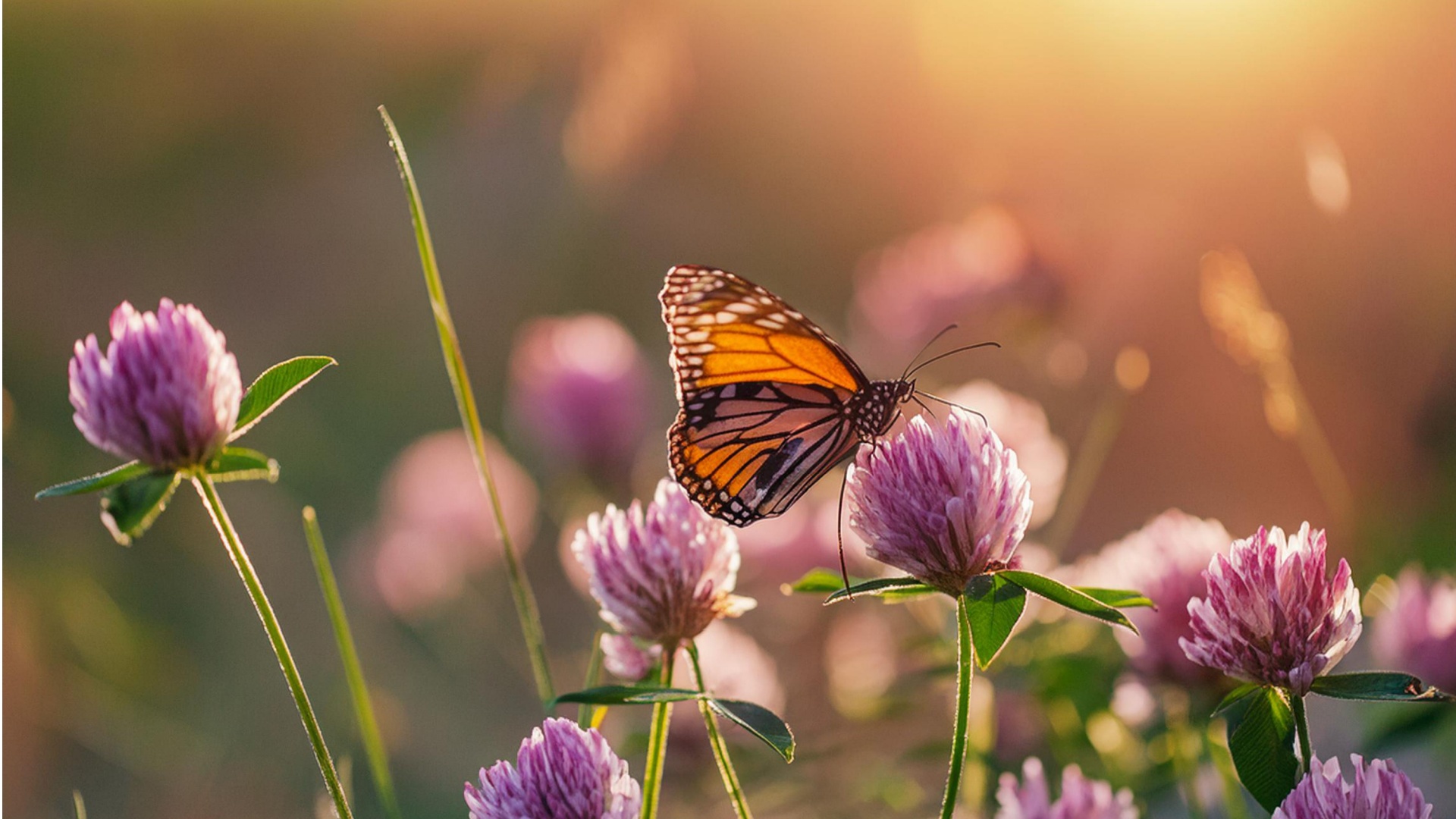Butterflies are some of the most enchanting creatures in the natural world, known for their vibrant colors and delicate beauty.
But there’s more to these winged wonders than meets the eye. From their incredible metamorphosis to their role as vital pollinators, butterflies are full of surprising traits and behaviors.
Explore these fascinating facts to uncover what makes butterflies so extraordinary!
1. The Lifespan Of Butterflies
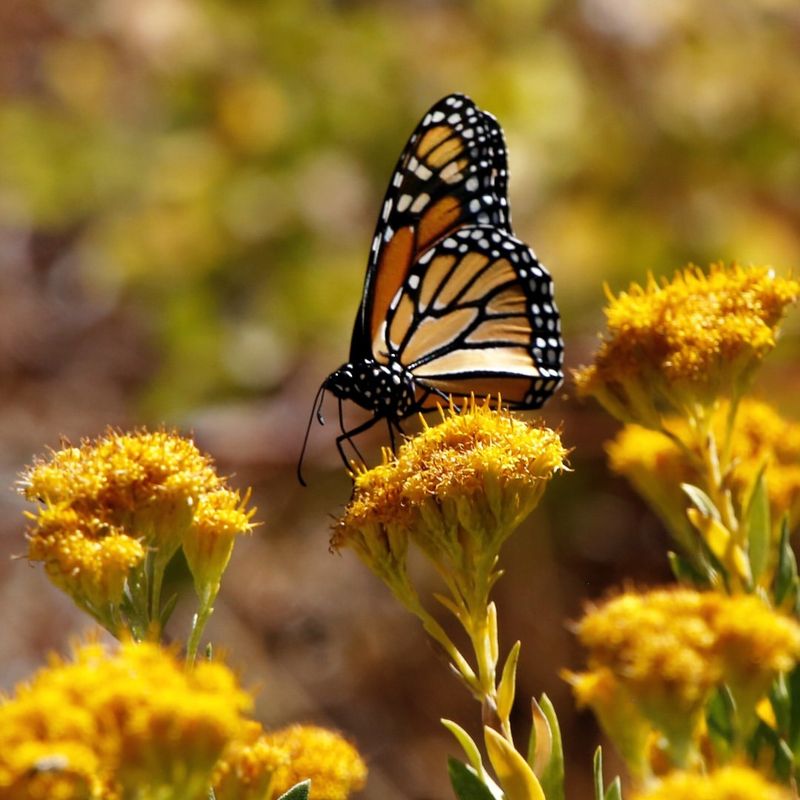
Despite their ephemeral beauty, butterflies have varying lifespans depending on the species. Some may live only a few weeks, while others, like the Monarch butterfly, can live up to six months. This variance is often due to environmental factors and the purpose of their existence.
A butterfly’s life is divided into four stages: egg, larva (caterpillar), pupa (chrysalis), and adult. Each stage plays a crucial role in their development and survival. The adult stage, though short-lived for many, is when they fulfill their role in pollination.
Their brief lifespan is a reminder of the transient nature of life, encouraging us to appreciate the beauty around us while it lasts.
2. Metamorphosis Magic
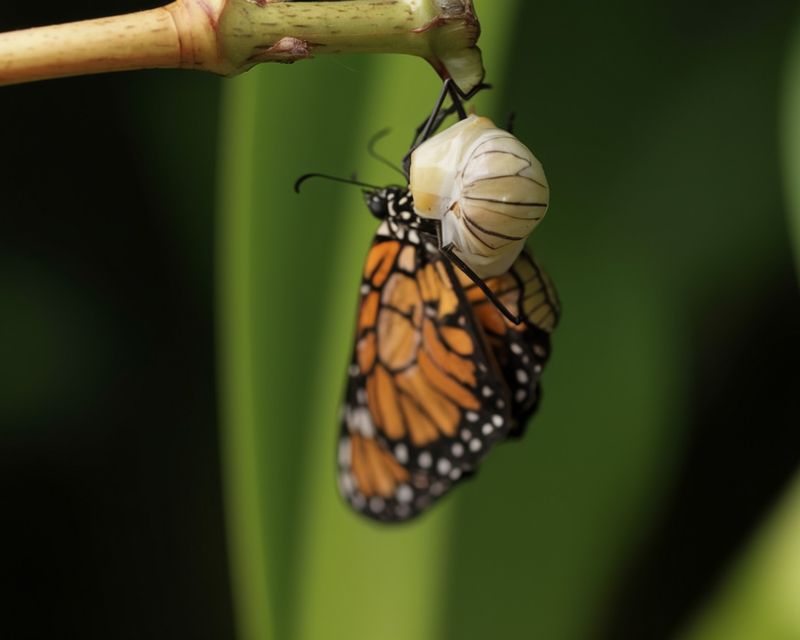
The transformation from a caterpillar to a butterfly is one of nature’s most magical processes. This metamorphosis involves a complete change in form and function, illustrating remarkable biological adaptation.
During the larva stage, caterpillars consume a vast amount of food, storing energy for the transformation. Within the chrysalis, they undergo a dramatic change, re-emerging as a butterfly. This process is not just about physical change but also signifies renewal and transformation, inspiring many cultural stories and beliefs.
It’s a poignant reminder of the potential for change and growth in our own lives.
3. Butterflies And Pollination
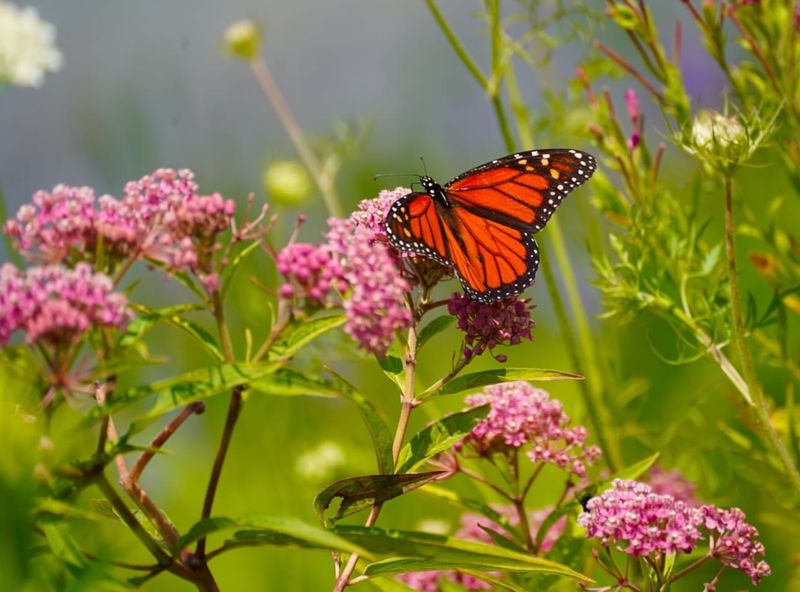
Butterflies play a critical role in pollination, aiding the reproduction of many flowering plants. Their bright colors and swift flight patterns attract them to blooms rich in nectar.
As they feed, pollen sticks to their bodies and is transferred from one flower to another, facilitating cross-pollination. This process is vital for the biodiversity of our ecosystems, supporting plant growth and the animals that rely on them.
Their contribution to the environment highlights the interconnectedness of nature, emphasizing the importance of preserving butterfly habitats to maintain ecological balance.
4. Diverse Butterfly Species
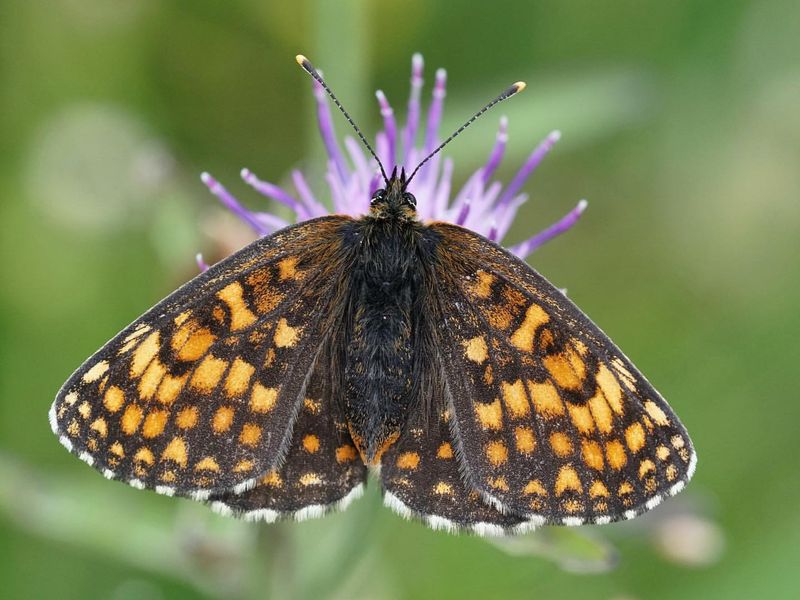
There are over 20,000 species of butterflies, each with unique patterns, colors, and behaviors. This diversity is a testament to their evolutionary success in adapting to various environments across the globe.
From colorful species like the Blue Morpho of the Amazon rainforest to the delicate Swallowtail of North America, each species has adapted specific traits to survive and thrive. This remarkable variety not only adds beauty to our world but also contributes to ecological resilience.
By studying these differences, scientists gain insights into evolutionary biology and environmental adaptation.
5. Camouflage And Survival
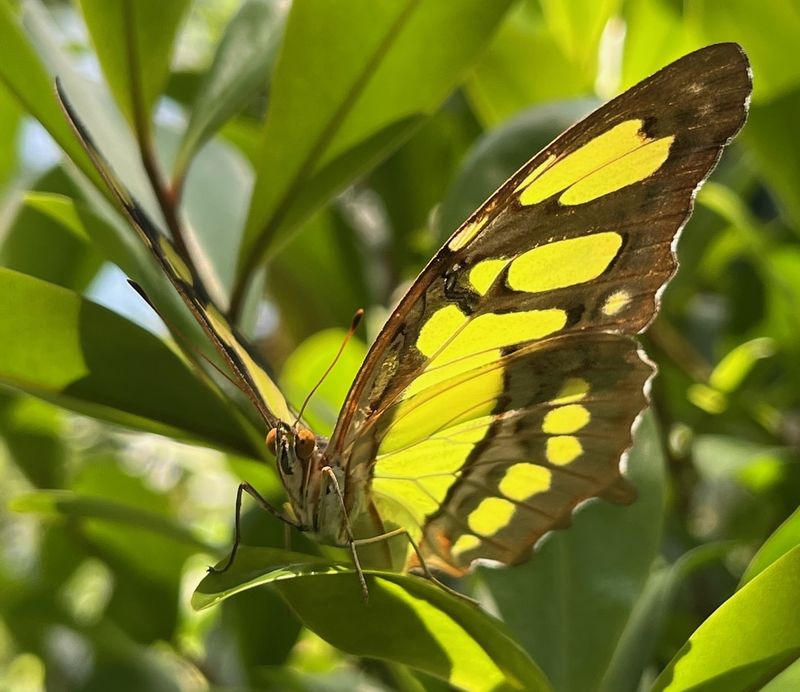
Camouflage is a key survival strategy for many butterflies, allowing them to evade predators. By mimicking leaves, bark, or other natural elements, they can blend seamlessly into their surroundings.
Some species, like the Leafwing, have wings that resemble dried leaves, making them nearly invisible when perched. This adaptation provides a critical advantage in avoiding predation.
This clever use of disguise exemplifies the importance of adaptation in evolution, highlighting the intricate balance of predator-prey relationships in nature.
6. Mimicry In Butterflies
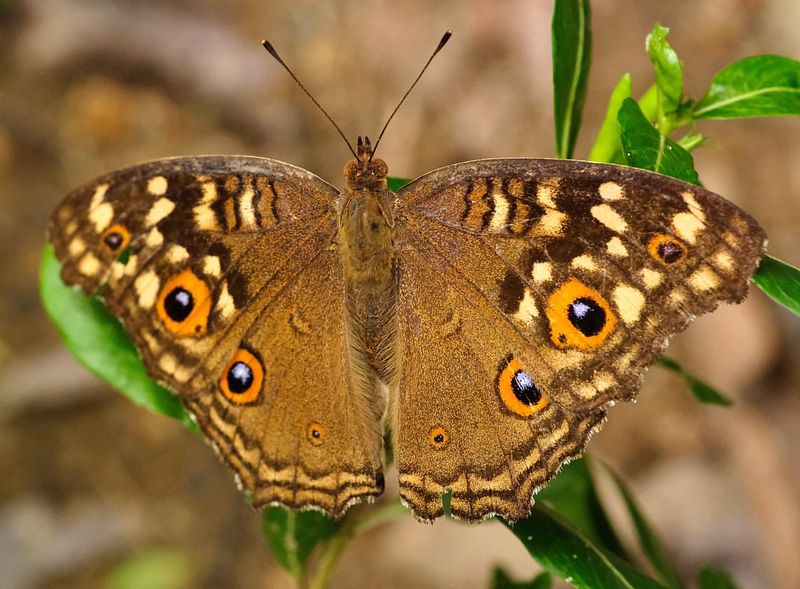
Mimicry is another fascinating defense mechanism employed by butterflies. Some species, like the Viceroy, mimic the appearance of toxic butterflies such as the Monarch to deter predators.
This form of deception relies on predators’ learned behavior, as they avoid butterflies that resemble those with a distasteful taste or harmful toxins. Mimicry not only provides protection but also showcases the complexity of evolutionary strategies.
Such adaptations illuminate the incredible ingenuity of nature, revealing how organisms evolve to survive and thrive in their environments.
7. The Importance Of Butterfly Habitats
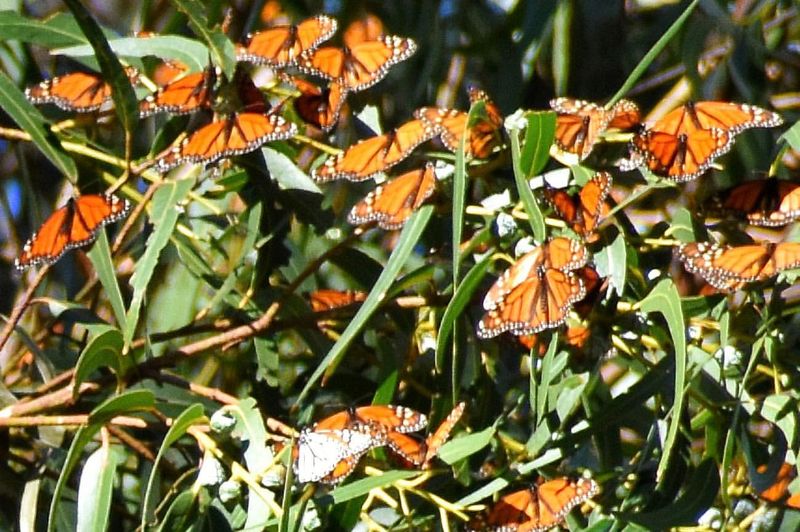
Butterfly habitats are essential for their survival and proliferation. These environments provide food, shelter, and breeding grounds. Unfortunately, habitat destruction poses a significant threat to many butterfly species.
Conservation efforts focus on protecting these vital areas, such as meadows, forests, and wetlands, to ensure butterflies continue to thrive. Creating butterfly-friendly gardens with native plants can also support local populations.
Understanding and preserving their habitats underscores the broader effort to protect biodiversity, illustrating how human actions can positively or negatively impact the natural world.
8. Migration Patterns
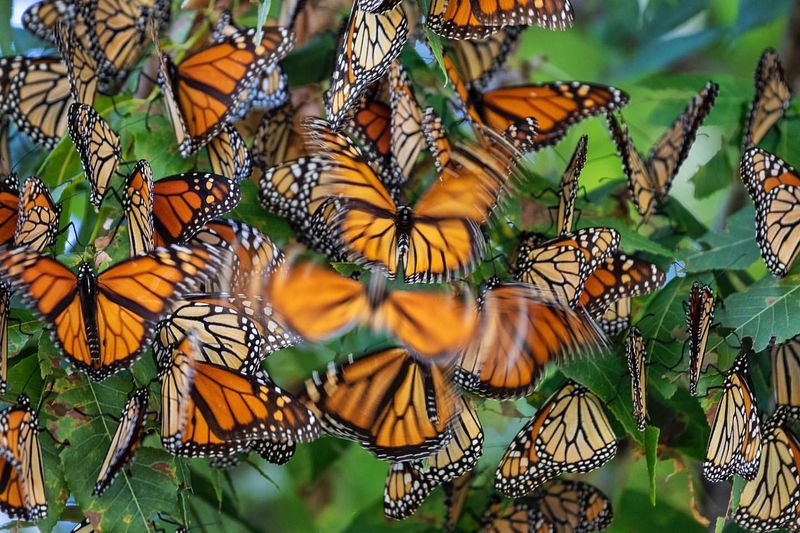
Some butterfly species, like the Monarch, undertake incredible migrations, traveling thousands of miles across continents. These journeys are guided by environmental cues such as temperature and daylight.
During migration, butterflies face numerous challenges, including weather conditions, predators, and habitat loss. Despite these obstacles, their migration is a natural marvel, demonstrating endurance and resilience.
Studying these patterns offers insights into climate change and its effects on migratory species, emphasizing the need for international cooperation in conservation efforts.
9. Butterflies And Climate Change
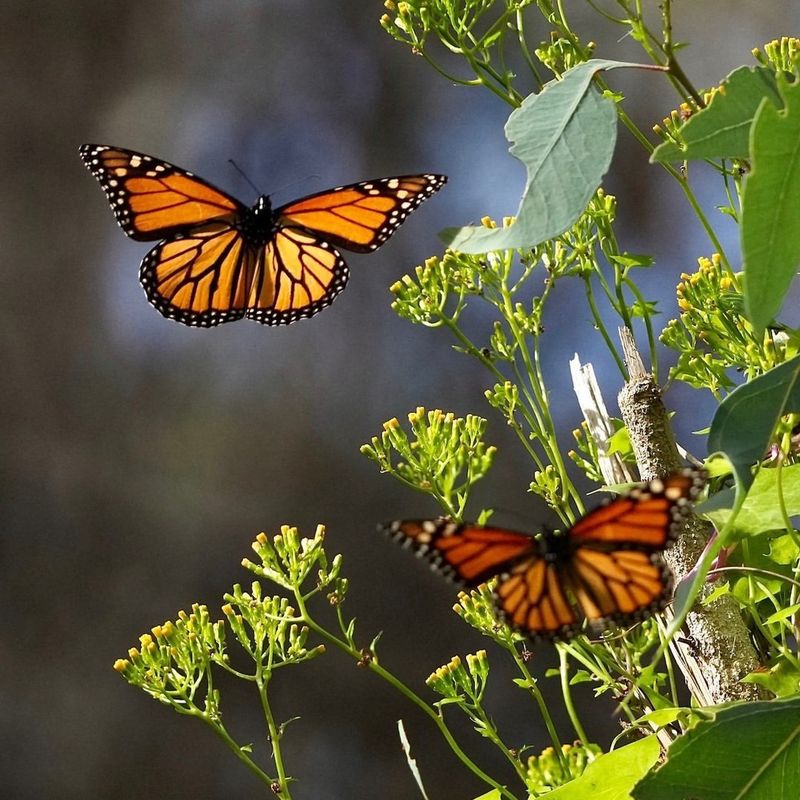
Climate change is affecting butterfly populations worldwide, altering their habitats and migration patterns. Rising temperatures and changing weather conditions influence breeding cycles and food availability.
Some species may adapt to these changes, while others face increased risks of extinction. Monitoring butterfly responses to climate change provides valuable data on environmental shifts and biodiversity impacts.
By understanding these changes, scientists and conservationists can develop strategies to mitigate adverse effects and protect these delicate creatures for future generations.
10. Butterfly Conservation Efforts
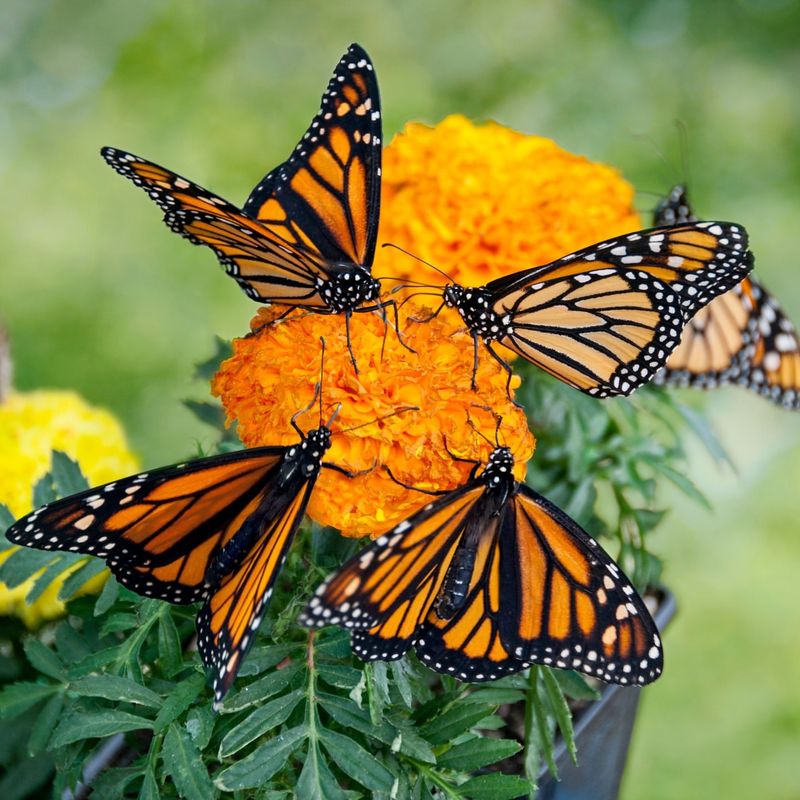
Conservation efforts are vital for protecting butterfly species facing threats from habitat loss and climate change. Organizations and individuals work tirelessly to preserve these insects and their environments.
Creating butterfly-friendly spaces, participating in citizen science projects, and supporting conservation initiatives are ways to contribute. These efforts help maintain biodiversity and ensure future generations can enjoy these enchanting creatures.
By engaging in conservation, we become stewards of the planet, recognizing the importance of preserving our natural heritage for a sustainable future.
11. Technological Advances In Butterfly Research
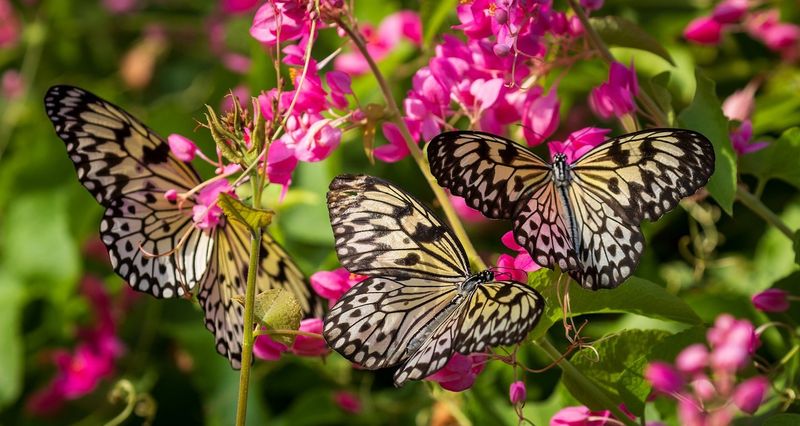
Technological advances have revolutionized butterfly research, offering new insights into their biology and ecology. From GPS tracking to genetic analysis, researchers can study migration patterns and genetic diversity.
These tools provide a deeper understanding of butterfly behavior and adaptation, aiding conservation efforts. Innovative techniques allow scientists to monitor populations and assess environmental impacts with precision.
As technology continues to advance, it opens new possibilities for protecting butterflies and other species, fostering collaboration between science and conservation to address global challenges.
12. Butterflies In Urban Environments
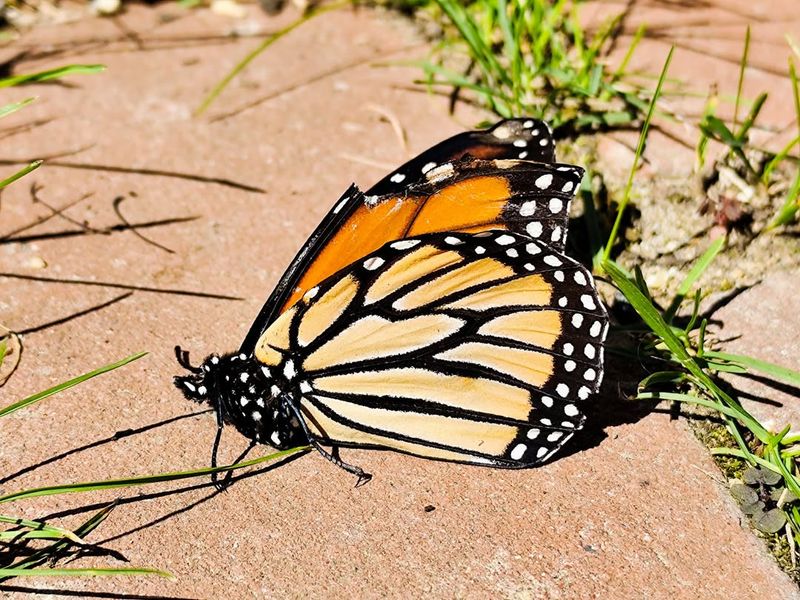
Butterflies can thrive even in urban environments, bringing a touch of nature to cityscapes. Urban gardens and parks provide essential habitats and food sources, supporting diverse butterfly populations.
Planting native flowers and creating green spaces in cities not only beautifies urban areas but also promotes biodiversity. These efforts help butterflies adapt to changing landscapes and maintain ecological balance.
Embracing butterflies in cities encourages a connection with nature, fostering awareness of environmental issues and inspiring sustainable urban planning.
13. Butterfly-Inspired Designs
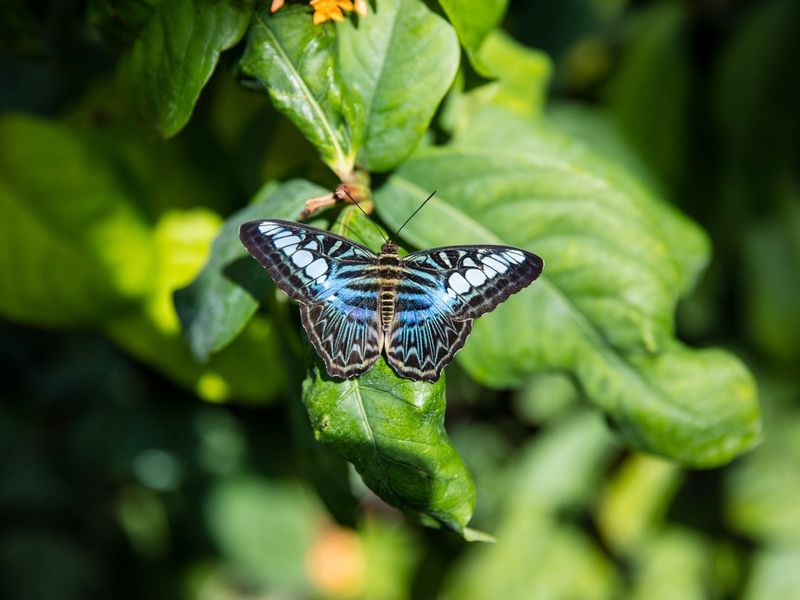
Butterflies have inspired innovative designs in fashion, architecture, and technology. Their vibrant colors and patterns influence clothing, accessories, and even building designs.
In fashion, butterfly motifs symbolize elegance and grace, while architects draw inspiration from their structures for sustainable design. Technological innovations, such as biomimicry, mimic butterfly features to solve engineering challenges.
This cross-disciplinary inspiration highlights the creative potential of nature, encouraging a fusion of art, science, and design that reflects the beauty and functionality of the natural world.
14. Butterflies And Human Connection
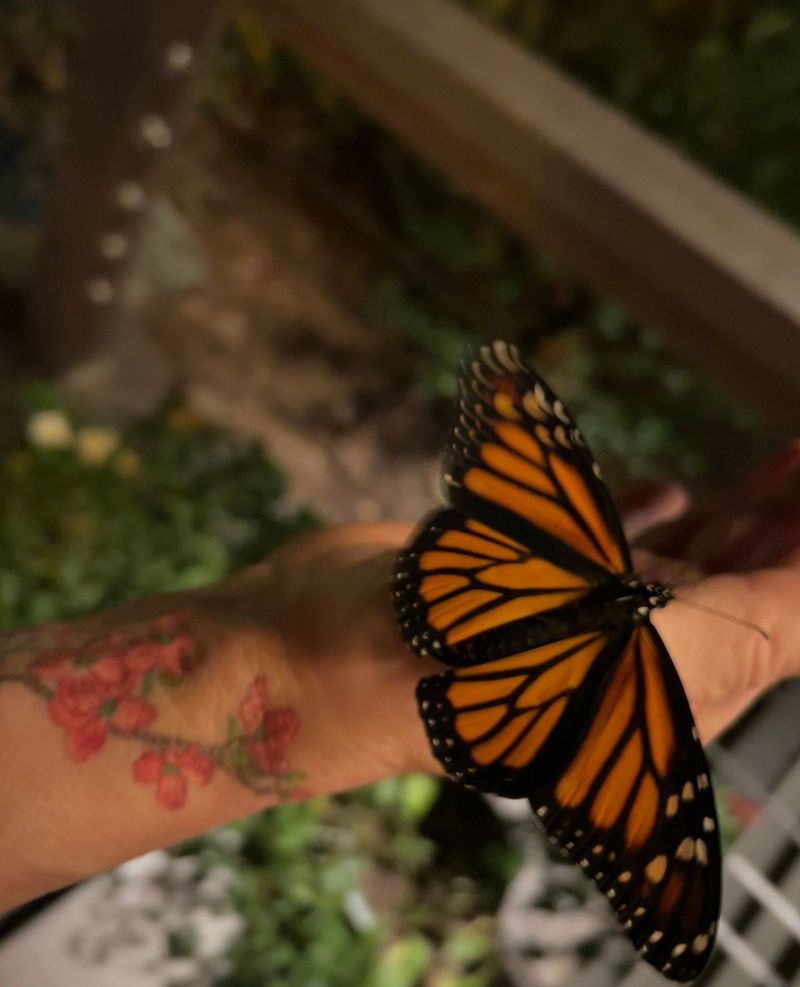
Butterflies evoke a sense of wonder and joy, connecting people with nature. Observing these delicate creatures can be a soothing and educational experience, fostering a deeper appreciation for the environment.
Butterfly gardens and sanctuaries offer opportunities for people of all ages to learn about their life cycles and ecological roles. These interactions promote conservation awareness and inspire a lifelong love of nature.
By nurturing this connection, we cultivate a sense of responsibility towards preserving the earth’s beauty, ensuring future generations can enjoy the splendor of butterflies.

